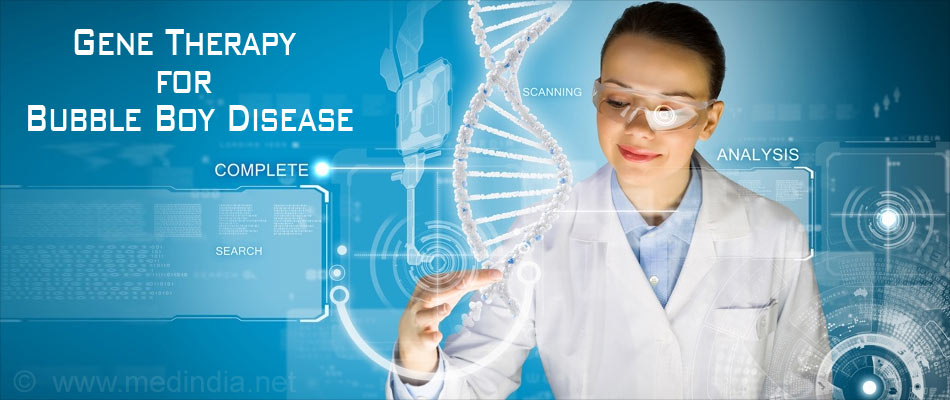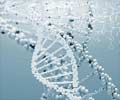
- Severe combined immunodeficiency is also called bubble boy disease and it is a rare congenital disorder
- The patient has little or no immune response
- Gene therapy offers hope for children with bubble boy disease
- Gene therapy by GlaxoSmithKline called Strimvelis approved by EU regulatory body
Severe Combined Immunodeficiency Disorder (SCID)
Severe combined immunodeficiency Disorder are a group of congenital diseases that are rare and are characterized by the absence of specialized white blood cells, leading to susceptibility towards infections by bacteria, viruses and fungi.The ‘Bubble Boy’
David Vetter was born on September 21st 1971 with SCID and was forced to live within a bubble in real life to avoid contracting any infection, thus the name ‘bubble boy’. David was transferred within 30 seconds of being delivered into an insulated bubble that was sterilized.His parents had an older child with the same disease who died in infancy. They refused to abort David when he was in the womb, though doctors claimed that there was a 1 in 2 chance that he could be born with SCID.
Doctors believed that he might gain immunity as he grew older but he didn’t. NASA designed ‘bubbles entertainment centers’ where David could play. To get him to play outdoor, NASA designed special space suits that he could wear, when he was six. David had to crawl out of the insulator bubble, through an insulated tunnel, before getting into the suit.
When he was 11 years old, doctors decided to try bone marrow transfusion from his unmatched tissue sister to help improve his condition. However, David dies a few months after the transfusion, when he was 12, when he developed lymphoma due to Epstein-Barr virus.
The condition of David Vetter drew international attention and David Center was set up in Bayer College and Hospital for research into SCID.
Bone Marrow Transplant
The transfer of stem cells that develop into blood cells, from the bone marrow of a tissue-matched brother or sister of the affected baby offers good scope for the management of the disease. This provides a good supply of blood cells and immune cells and the patient can theoretically live for a long time with periodic replenishment.Though bone marrow transplant offers a certain degree of hope for patients with bubble disease, it is dependent on tissue matching with a donor. Patients without a tissue-matched donor have only 50% chance of survival.
Gene Therapy
In gene therapy, the genes that are not functional are replaced by genes that do. This aids in improving the condition of the babies with SCID. An article published by Booth C, Gaspar HB and Thrasher AJ, titled "Treating Immunodeficiency through HSC Gene Therapy" and published in the Journal Trends In Molecular Medicine (March 2016) described the salient features of using gene therapy for SCID.- Gene therapy has been studied and used in the trial for the past 20 years.
- In earlier studies, two gammaretroviruses were used as vectors to transfer the corrected DNA.
- The use of these viral vectors was found to result in leukemia in many of the SCID patients.
- Safer vectors are now being used to deliver the targeted DNA.
- The therapy increases the life expectancy of the babies, free from the bubble environment.
EU Clearance for GlaxoSmithKline Gene Therapy
The therapy developed by GlaxoSmithKline is called Strimvelis and has been used to treat 22 babies with SCID for the past 14 years. All the babies are still alive, without the need for the bubble nor further surgeries.The confident strides in medical technology due to the use of gene therapy aids in saving many babies from across the world from debilitating disorders. The use of highly specific DNA targeting platforms like CRISPR/Cas 9, TALENs and ZFNs will aid in precise treatment and care.
References:
- http://www.ncbi.nlm.nih.gov/books/NBK22254/
- https://www.genome.gov/13014325
- https://www.ncbi.nlm.nih.gov/pubmed/26993219












